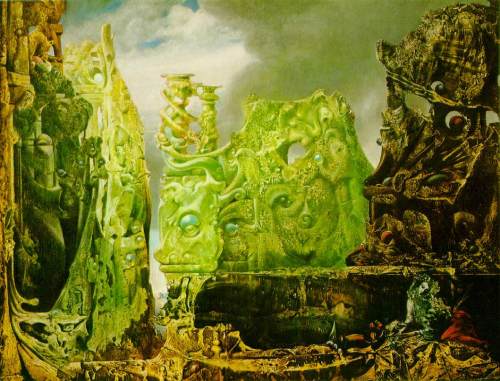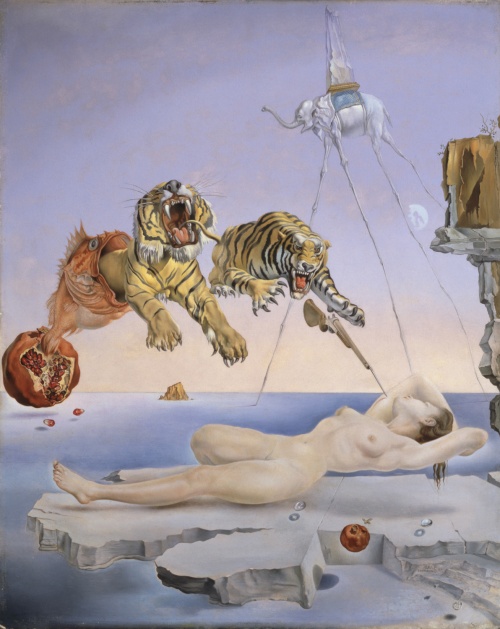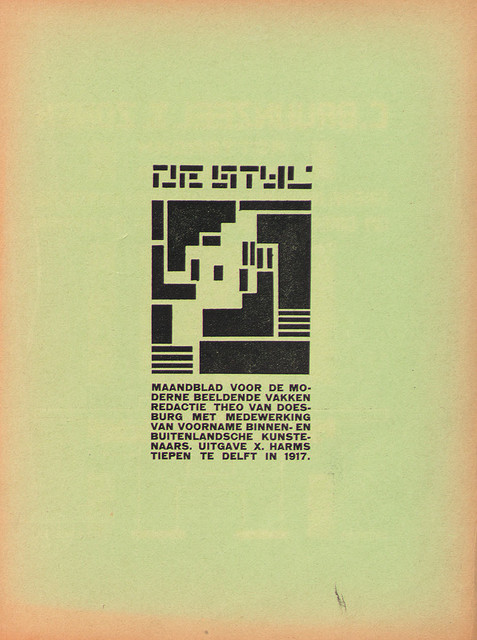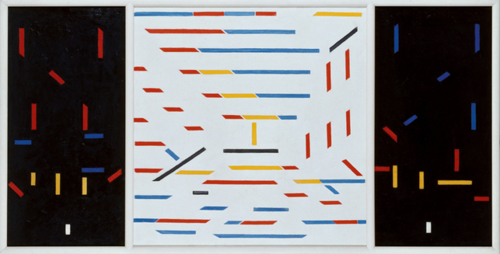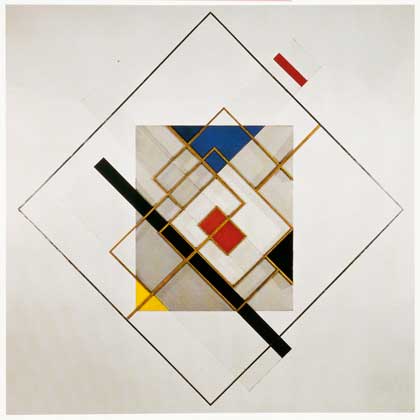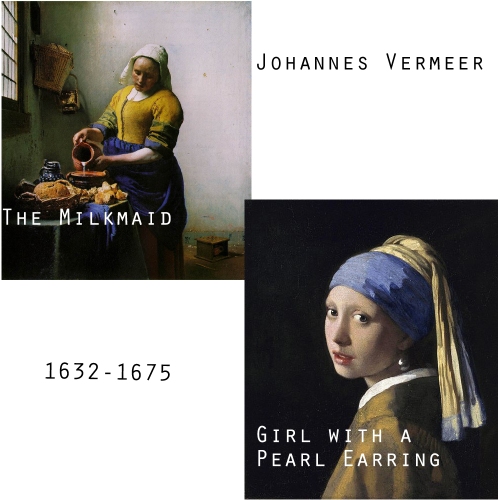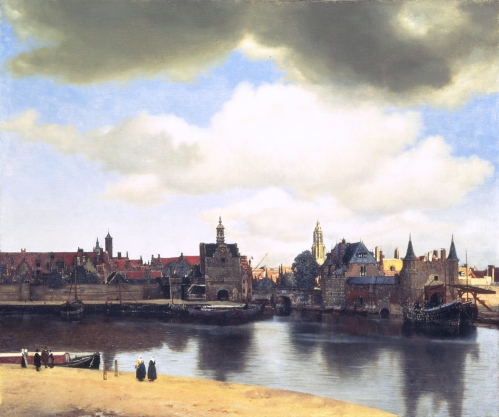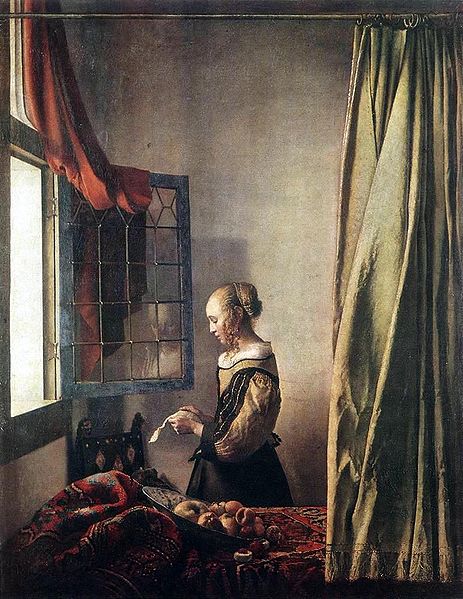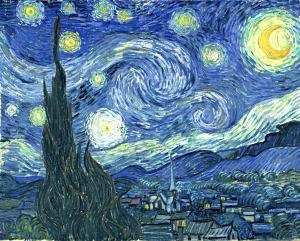Art school!
I have applied for art school a while ago, I had do some tests today to see if I can make it into the Amsterdam School of the Arts. I had to show my portofolio while talking to two teachers and a student, make a 2D work and a 3D work.
My portofolio thing went well. I was a little bit clumsy but that was because of the nerves, and I think they knew so that’s okay.
For 2D we had to paint this very strange yet awesome composition thing, with a bird and a rocking horse, pieces of wood, pieces of clothes and other stuff. I painted it very rough, and I was pretty much the only one who did that, so that’s a good thing.
For 3D we had to make a 30cmx30cmx30cm object, and it had to represent a memory. I made a journal of clay, and made green letters in it. Also, a red ribbon (complementary) in the middle of the journal. A journal to symbolize the place where you keep your memories in. The green letters said ”dear journal”. Out of the book came a head. A head with two faces; an actual face which came out pretty cool, and at the other side a skull. This represents that in a memory, someone could be still alive, while the actual person could be dead in reality. This also represents the depth of the memories of the times when people die. You never forget how that was, when someone died. I also made a mirror out of the book, not an actual but some reflective kind of substance. It also (just like the head) represents how a memory is always a reflection of reality. The memory is subjective because it is driven by emotions. And of course, memories change and fade by time. At the end I painted the clay with some kind of gold-bronze colour, just for the estethic part.
I might chance, but I’m going to believe I didn’t get in, so I won’t be that dissapointed If I don’t get in, haha.










